September 2015: Athlete Newsletter
Do you even Squat, Bro?
By Reuben Pearlman
Those of you who have been with Crossfit 718 for some time might remember way back when we did our Smolov Squat Cycle. As a reminder, Smolov is a 13-week Squat Program that was developed by Sergey Smolov, the Russian Master of Sports, and popularized by Pavel Tsatsouline in an issue of Powerlifting USA. The projected gains from Smolov range from 40to100 pounds depending on how advanced you are, and many Crossfit 718 athletes experienced gains in that range. For the athletes who completed it, it’s fair to say the progress you make from Smolov is only surpassed by its intensity and brutality.
For those of you who are newer to the Crossfit 718 family, you might have noticed for yourself the ubiquity of the squat around the box. Whether it be the propensity that the exercise has to show up in our programming, or whether you are accustomed to seeing Coach Iz around the box, knee braces rolled down and chatting between sets of his own programming, it’s safe to say that Coach Iz is a true believer in the many benefits of performing the squat.
After last months article, in which I denounced the squat as the “King,” Coach Iz told me that he disagrees and believes that the squat has perhaps the greatest capacity to improve overall strength and athletic performance. In fact, after much debate, I would have to agree with him. After all, it is much easier to learn to squat, and do it well. Therefore one can increase the load and reap the rewards more quickly than with any of the other Olympic Lifts. As described by Catalyst Athletic, “the back squat is the most effective exercise in weightlifting for building basic strength, particularly of the legs and trunk.”
Since that is the case, I believe I have a responsibility to revive the reputation of a much beloved compound exercise: the squat. First and foremost, the back squat is the most basic strength exercise in weightlifting and one of the most commonly used exercises other than the competition lifts (snatch and clean & jerk). Although there are some variations on the back squat (i.e., high bar vs. low bar), in weightlifting as opposed to powerlifting, you will practically always use the high bar position.
How to perform the Back Squat
Place the barbell behind your neck—retract your shoulder blades tightly and rest the bar in the meat of your upper traps. Place your feet between hip and shoulder width with the toes turned out so that at full depth each thigh and the corresponding foot are in line with each other. Set your back in a complete arch, take in a large breath, and lock it in, forcefully tightening all trunk musculature. Bend at the knees and hips simultaneously to move down as directly as possible into the bottom of the squat with an upright posture, maintaining tension on the legs throughout the movement and controlling the speed of the descent. Full depth is achieved when the knees are closed as much as possible without losing the arch in the back (if you cannot sit into a full depth squat, you need to work on mobility). Upon reaching the bottom position, immediately transition and stand as aggressively as possible, again with the knees and hips together to maintain your upright posture—try to lead the movement with your head and shoulders.
Benefits of Squatting
• Strong Legs = Strong Body. Not only do they build muscle and strength in the quadriceps, hamstrings and calves, they also create the ideal environment throughout the entire body. As an added bonus, squats actually help contract the core, namely the abdominal area, effectively and efficiently. Six-pack abs sans crunches—yes please!
• Improved metabolism. Muscle burns fat. More muscle burns more fat. Being efficient at packing on muscle mass, the squat is a highly effective way to burn more fat. The more muscle you have on your frame, the more calories you will burn during training and at rest.
• Improved body composition. See above: more muscle and less fat. Done and Done.
• Improved athletic performance. Not only will squats put on appreciable amounts of size and strength on your legs, they will also increase performance by helping you jump higher and run faster. This is significant for those involved in sports, either for the organized team player or weekend warrior. Squats serve to improve performance that covers a wide spectrum of sports (along with balance and mobility).
• Improved hormone production. As Cassie Smith, senior editor for Bodybulding.com, has said, “because the squat is compound movement that requires a lot from your body, you recruit a lot of muscle fibers doing it. The more muscle fibers you engage, the better your hormonal response will be. Most important, doing squats can naturally elevate your testosterone levels, which in turn, is great for building muscle, burning fat, and improving strength — and it doesn’t hurt in the bedroom, either.”
• Improved activities of daily living. Moving your knees and hips through their full range of motion can actually strengthen them and increase their flexibility. Then, when it comes time to go about your daily life, you’re a stronger, more limber person and someone who people will constantly call upon to move their furniture.
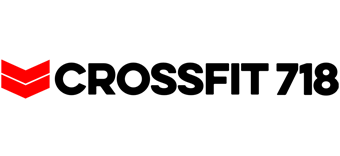
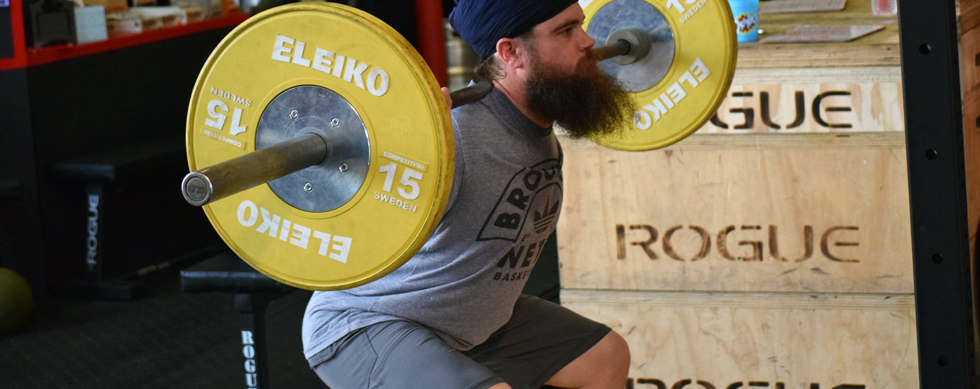
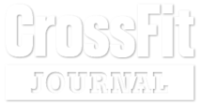
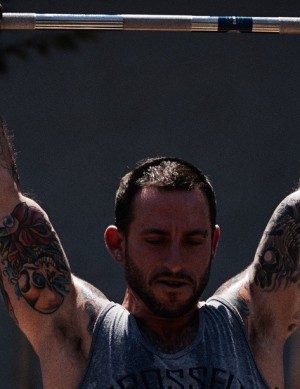
Leave a Reply
Want to join the discussion?Feel free to contribute!